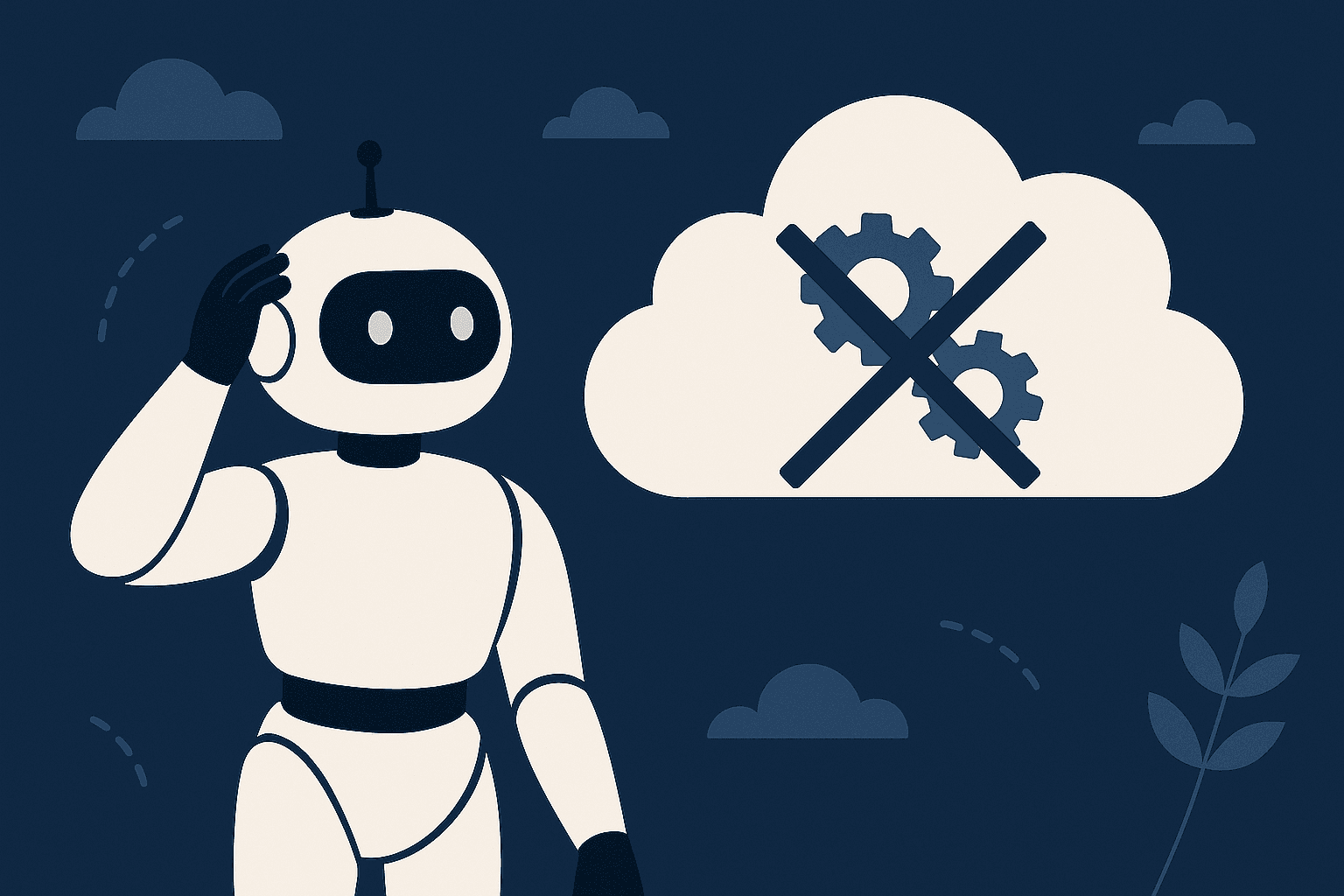Tech Stack Decisions: Your Automation Foundation
How to choose and integrate the right tools to build a scalable automation foundation for your business.
Your technology stack is the foundation of your automation strategy. Choose wisely, and you'll build scalable workflows. Choose poorly, and you'll create more problems than you solve. Here's how to make the right decisions for your business.
The automation tech stack framework
Core platforms (Choose 1-2)
What they are: Your primary business tools Examples: HubSpot, Salesforce, QuickBooks, Shopify Why it matters: These are your data sources and automation targets
Selection criteria:
- Integration capabilities: How easily does it connect to other tools?
- API access: Can you automate data in and out?
- Scalability: Will it grow with your business?
- Team adoption: Will your team actually use it?
Automation layer (Choose 1-2)
What they are: Tools that connect your platforms Examples: Zapier, Make, n8n, Microsoft Power Automate Why it matters: This is where your workflows live
Selection criteria:
- Connector library: Does it support your core platforms?
- Workflow complexity: Can it handle your automation needs?
- Pricing model: Does the cost scale with your usage?
- Learning curve: How quickly can your team build workflows?
Data storage and analytics
What they are: Where you store and analyze automation data Examples: Google Sheets, Airtable, Notion, custom databases Why it matters: This is how you measure and optimize performance
Selection criteria:
- Data structure: Can it handle your automation outputs?
- Reporting capabilities: Can you track ROI and performance?
- Accessibility: Can your team easily view and update data?
Integration strategies
The hub-and-spoke model
How it works: One central platform connects to multiple tools Best for: Businesses with diverse tool needs Example: HubSpot as the hub, connecting to accounting, project management, and marketing tools
Pros:
- Centralized data management
- Easier to maintain
- Better data consistency
Cons:
- Single point of failure
- Limited flexibility
- Potential vendor lock-in
The distributed model
How it works: Multiple automation tools working independently Best for: Businesses with specialized needs in different areas Example: Zapier for marketing, Make for operations, Power Automate for Microsoft tools
Pros:
- Best tool for each job
- More flexibility
- Reduced vendor risk
Cons:
- Harder to maintain
- Potential data silos
- Higher total cost
Tool selection checklist
Before you buy
- Integration test: Does it connect to your existing tools?
- API limits: What are the rate limits and usage caps?
- Data ownership: Can you export your data if you switch?
- Support quality: What's the response time for issues?
- Community: Is there good documentation and user support?
During implementation
- Team training: Who needs to learn the new tool?
- Data migration: How will you move existing data?
- Testing plan: How will you validate workflows work correctly?
- Rollback plan: What if something goes wrong?
After launch
- Performance monitoring: Are workflows running as expected?
- User feedback: Is the team adopting the new tools?
- ROI measurement: Are you seeing the expected benefits?
- Optimization: What can be improved?
Common mistakes to avoid
1. Over-engineering
The problem: Building complex automations for simple problems The solution: Start with the simplest solution that works
2. Tool sprawl
The problem: Adding tools without a clear strategy The solution: Evaluate each tool against your automation goals
3. Ignoring maintenance
The problem: Setting up automations and forgetting about them The solution: Regular reviews and optimization cycles
4. Poor data hygiene
The problem: Automating bad data processes The solution: Clean and validate data before automation
Migration strategies
When to switch tools
- Performance issues: Workflows are slow or unreliable
- Cost escalation: Pricing has become unsustainable
- Feature gaps: Missing capabilities you need
- Integration problems: Poor connectivity with other tools
How to migrate safely
- Audit current workflows: Document everything that's running
- Test new platform: Build and test workflows before switching
- Run in parallel: Keep old and new systems running simultaneously
- Gradual transition: Move workflows one at a time
- Monitor closely: Watch for issues during the transition
The bottom line
Your tech stack should serve your automation goals, not the other way around. Choose tools that integrate well, scale with your business, and your team will actually use.
📅 Book your free 30-min call → Let's evaluate your current tech stack and design an automation foundation that scales with your business. Schedule now

About the author
Zak Kann helps SMBs cut costs and ship faster with AI automation, data pipelines, and internal tools.
More like this

AI Automation: Your SMB's 2025 Competitive Edge
For agile SMBs, AI automation is the fastest path to efficiency, better CX, and profit—creating a durable edge in 2025.

7 AI Automation Myths Debunked for SMBs
Common misconceptions about AI automation that hold SMBs back—and the truth that will accelerate your implementation.

Best AI Automation Tools for SMBs in 2025
Top automation platforms that deliver ROI for small and mid-sized businesses—ranked by ease of use and value.